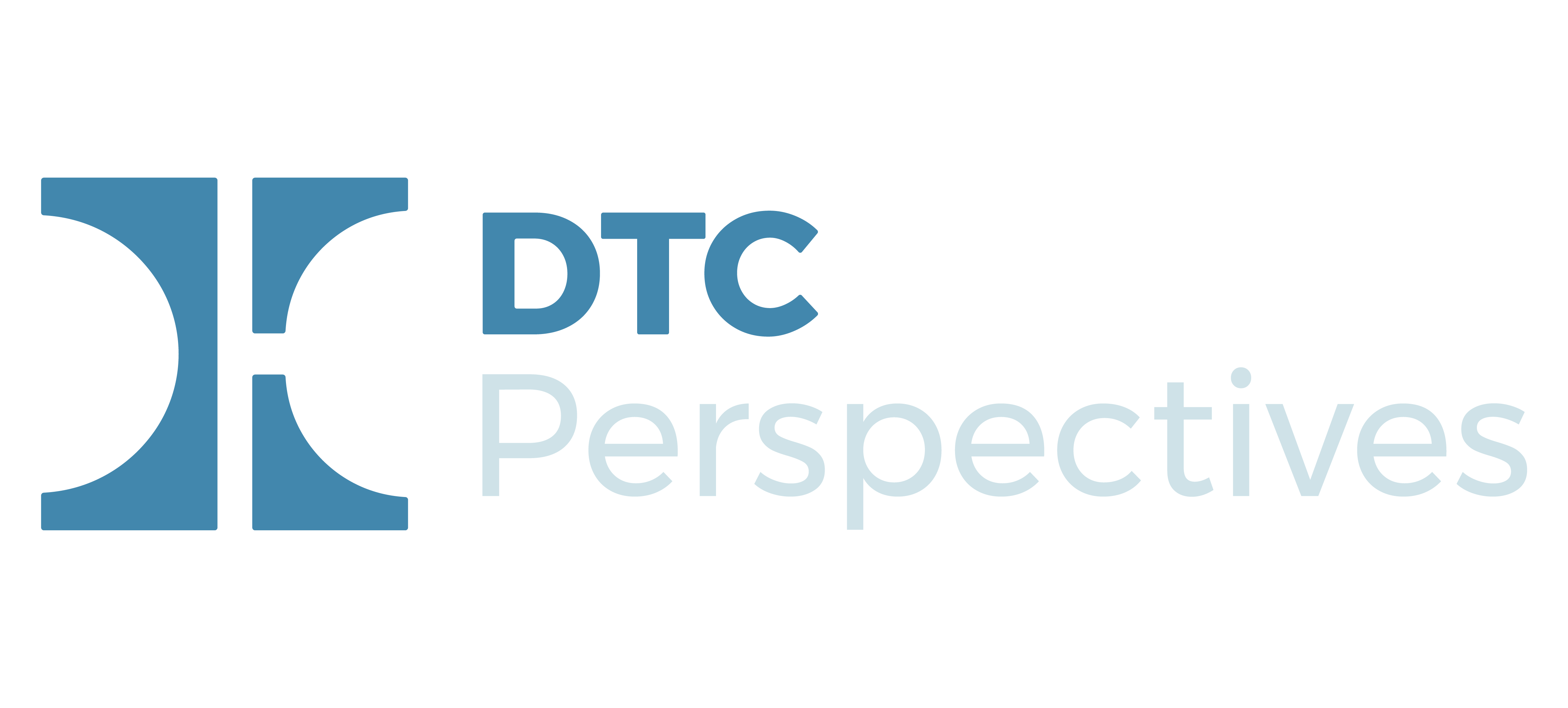President-Elect Trump nominated Georgia Congressman and physician Tom Price to head Health and Human Services. This move proves Trump is very serious in his goal of dismantling Obamacare. Dr. Price has offered a plan in the past very different from Obamacare. I think this is move in the right direction and will eventually improve quality at lower cost.
In Price’s plan Americans would have more free market options to shop for coverage. They would be able to buy insurance across state lines, increasing their choices and hopefully getting lower premiums. There would be tax credits for health insurance purchases differing by age. All the government mandates on what a policy must cover would go away.

-Bob Ehrlich
Consumers could choose a bare bones catastrophic plan or pay for a comprehensive one. Health savings accounts would increase to shift health care decisions to consumers. In Dr. Price’s view consumers would still be able to purchase coverage with pre-existing conditions but at a premium if they currently do not have coverage. His goal is to encourage continuous coverage and not to have people buy insurance only after they are sick.
Dr. Price basically wants to take the Federal government out of the insurance business by creating more options using free markets. Medicare would stay but Dr. Price wants to allow participants some options to go outside of the system. Critics worry that any options to use money outside of Medicare approved providers would weaken the system. Any inkling that Medicare might be privatized scares Democrats greatly. Republicans want to look at options for younger people knowing that Medicare may not be sustainable long term.
Of course Dr. Price will need to alter his past proposals to whatever Mr. Trump and Congress will agree to. There is no evidence Mr. Trump wants to change Medicare. He also has said recently he likes certain provisions of Obamacare on pre-existing conditions and children up to 26 staying on their parent’s policy.
It is very clear that we will see Dr. Price be implementing a consensus plan that reduces Federal involvement and loosens requirements for policies. The Price philosophy is to give consumers more responsibility for their coverage and they will have more involvement in cost/benefit of care. The idea that someone else pays has created much unnecessary care. We have never really had a free market for health care in recent times. A true free market where consumers have transparency in what they are paying for and at what price will help control costs.
The fear that consumers will be without any coverage is overblown. People who currently have coverage on exchanges will likely have several years to convert to the free market system. While it is true that many Americans can now get subsidized coverage, we as taxpayers are footing a high bill that is rising rapidly. Those who buy on the exchanges who are not subsidized are seeing very large premium increases. Things need to change.
Whether the Trump plan is the answer to providing quality care at reasonable prices will be tested. I do know that the Obamacare plan needs to be dramatically changed as it is unaffordable. Trying free market solutions will get consumers to care much more about what medical services they need and at what cost. More involved consumers using their own money will hopefully lead to a wiser use of services and force providers to compete more on price/quality.

